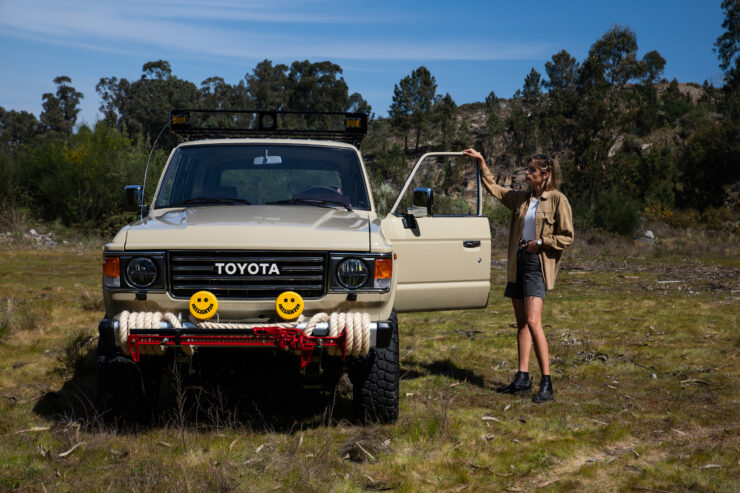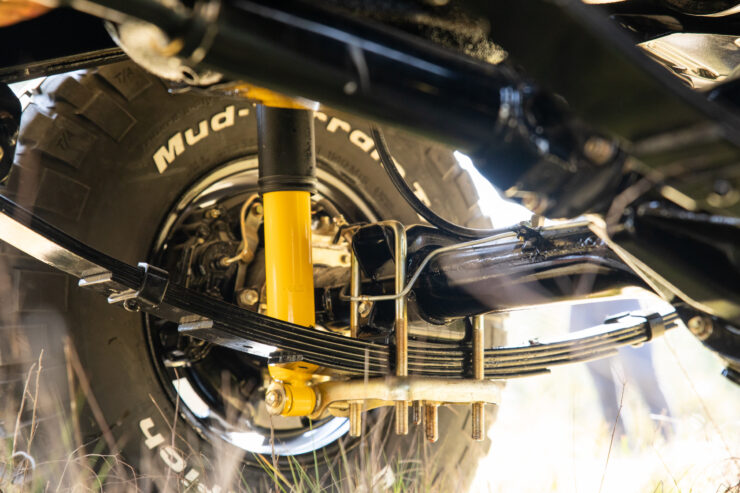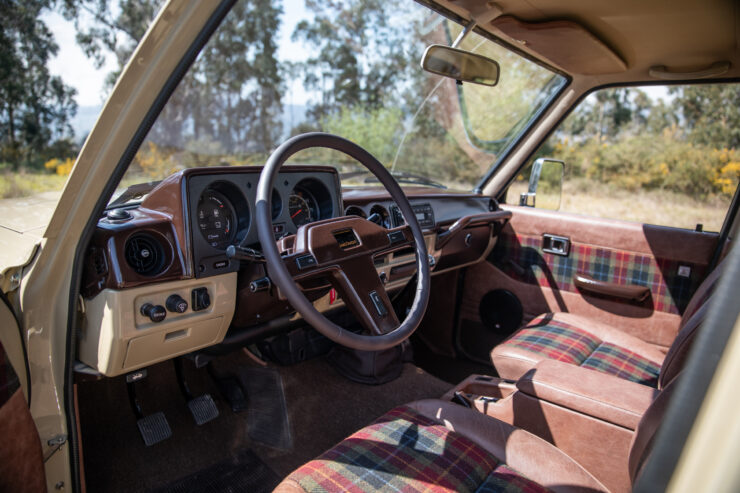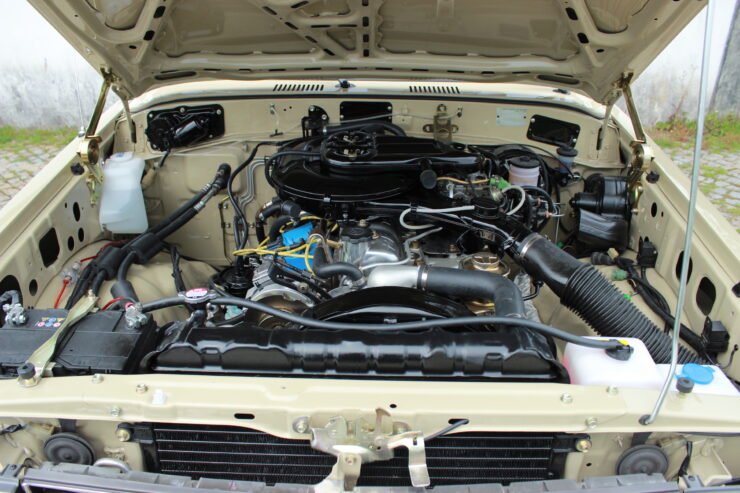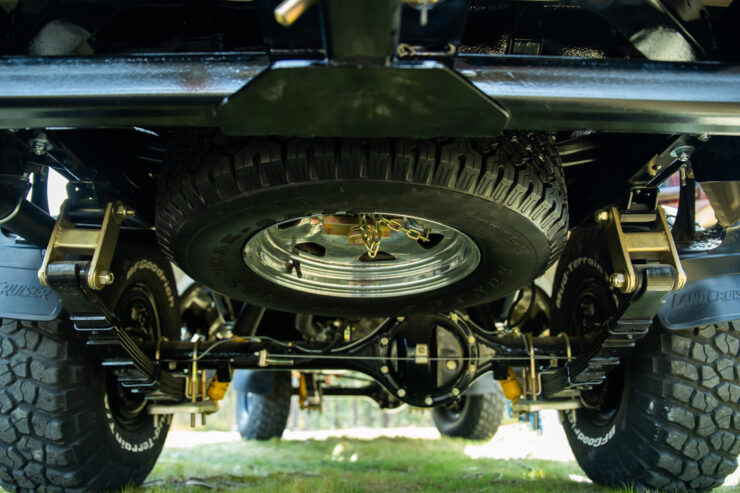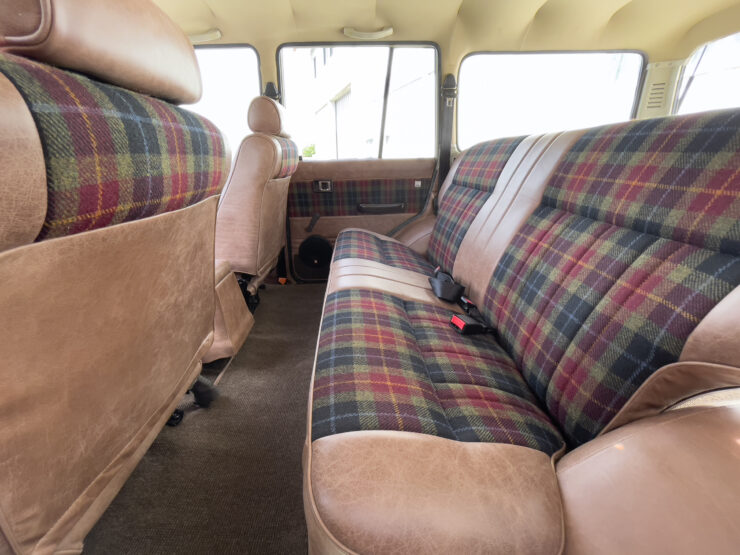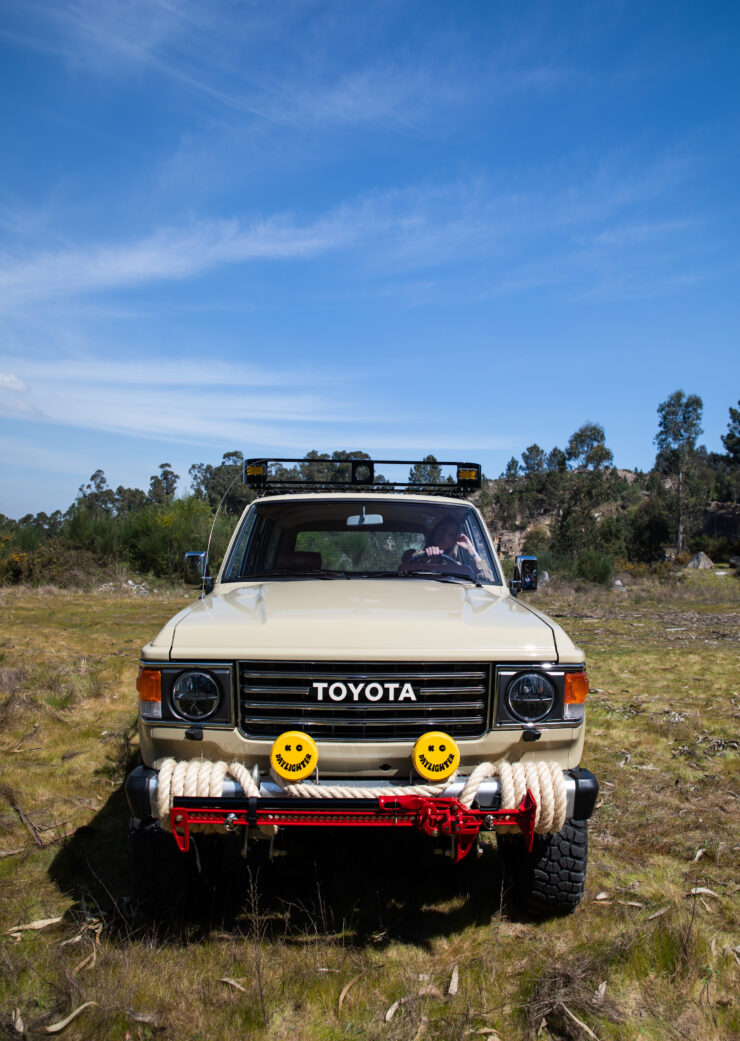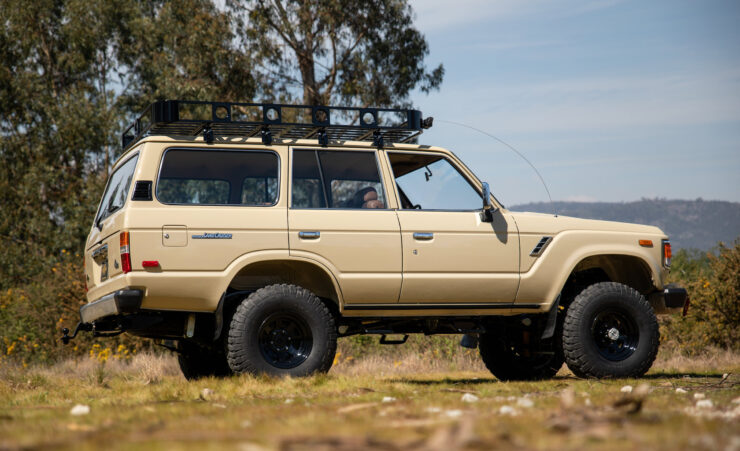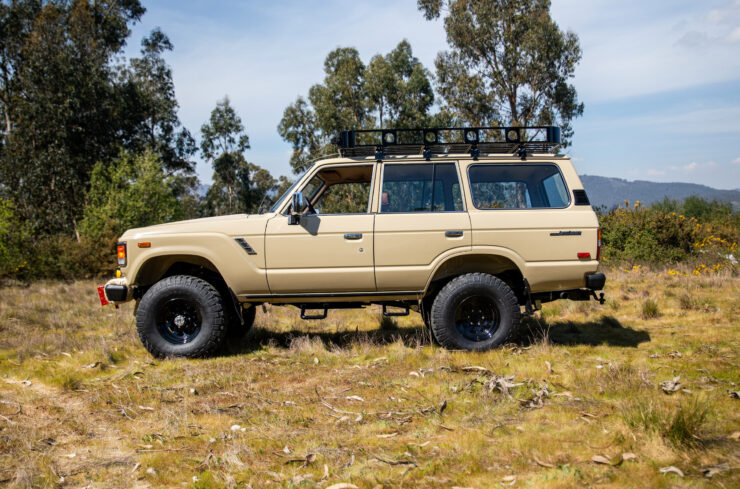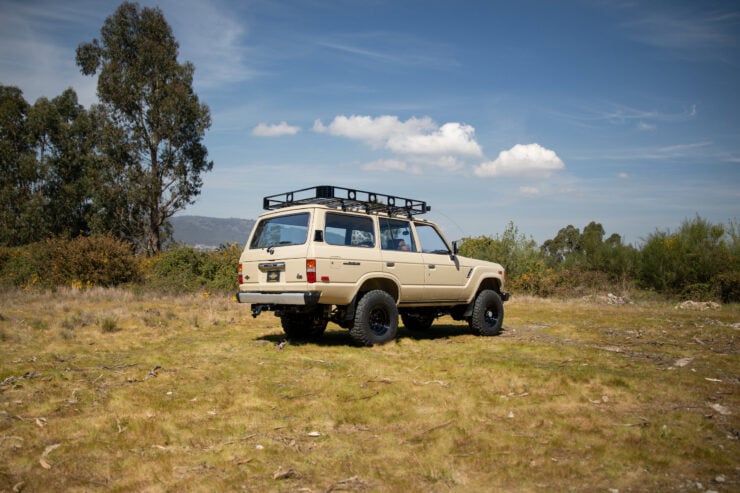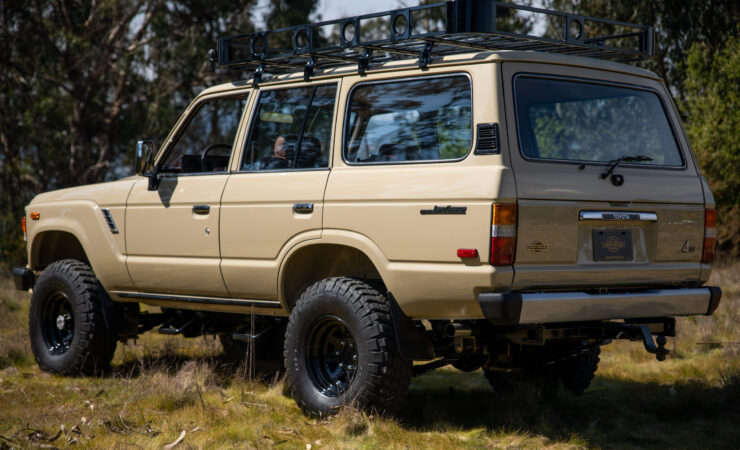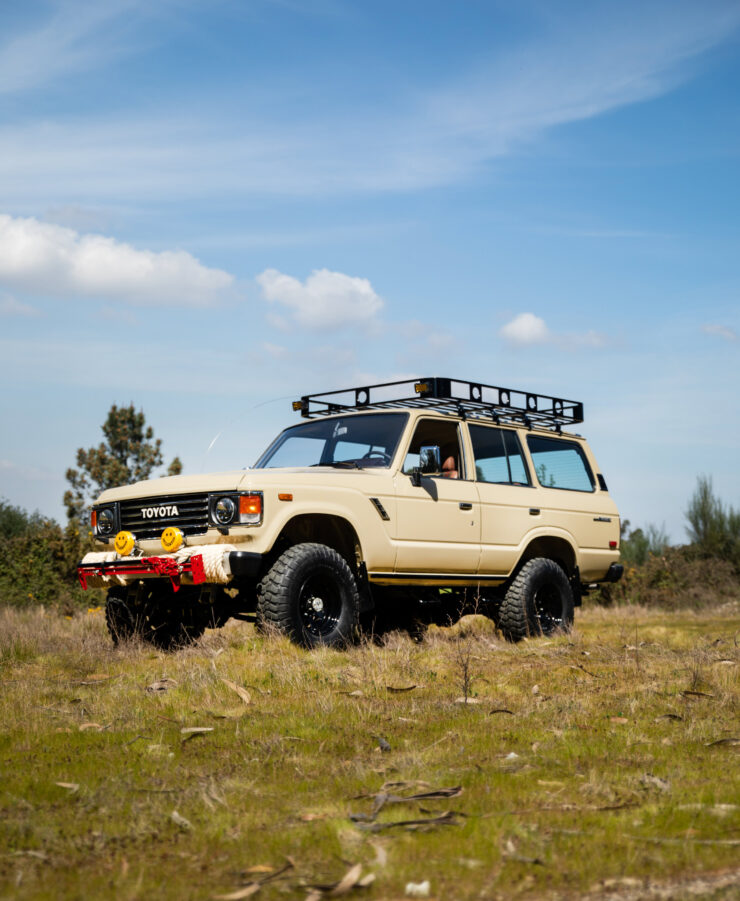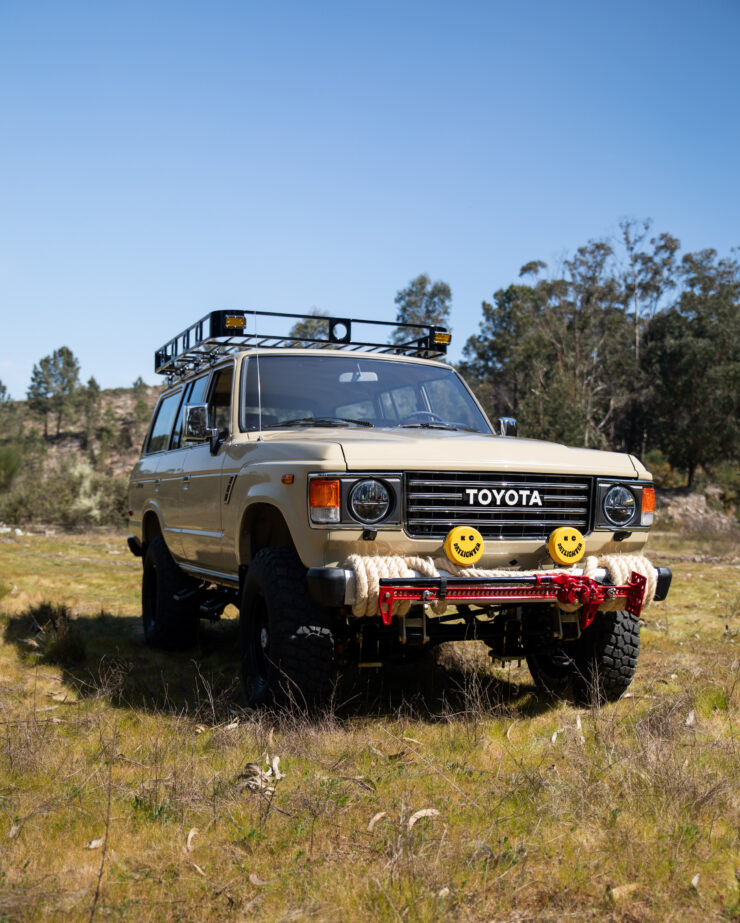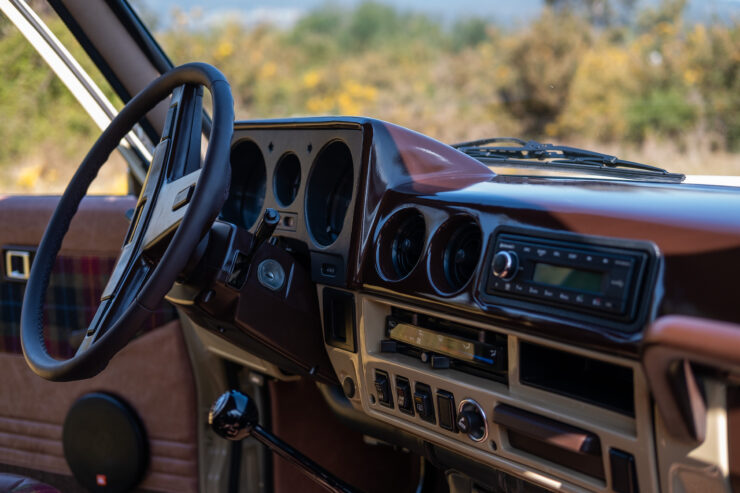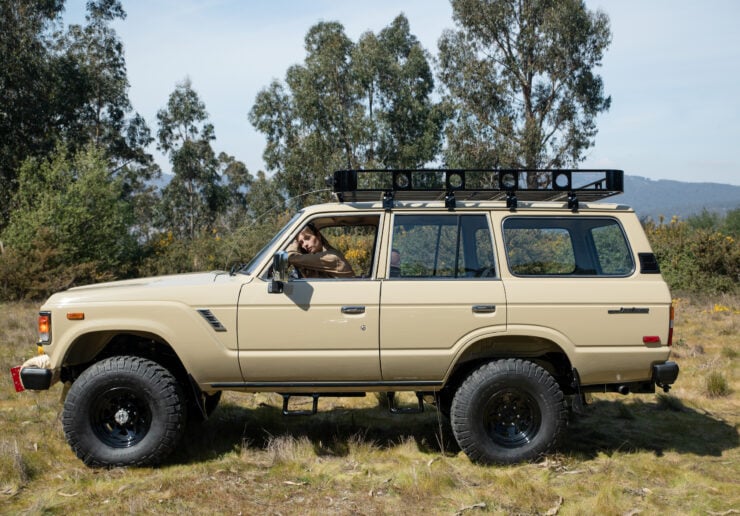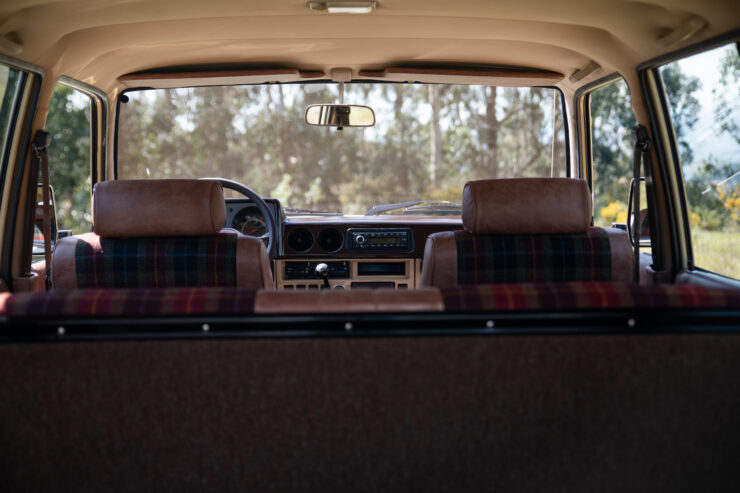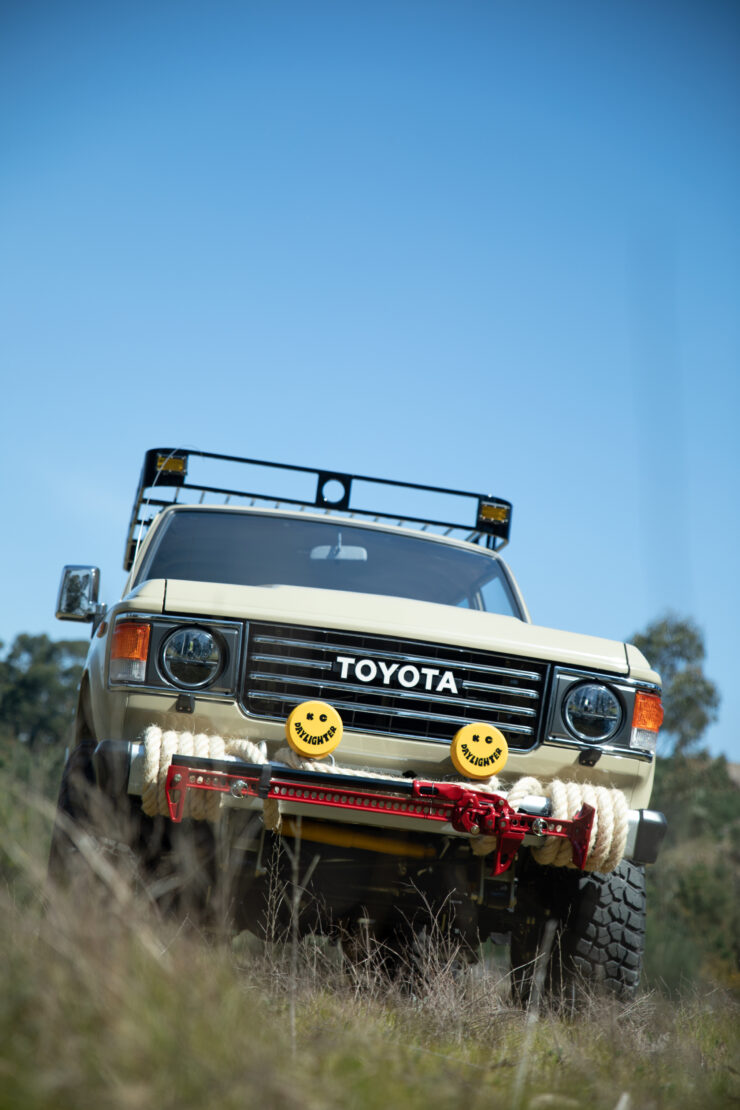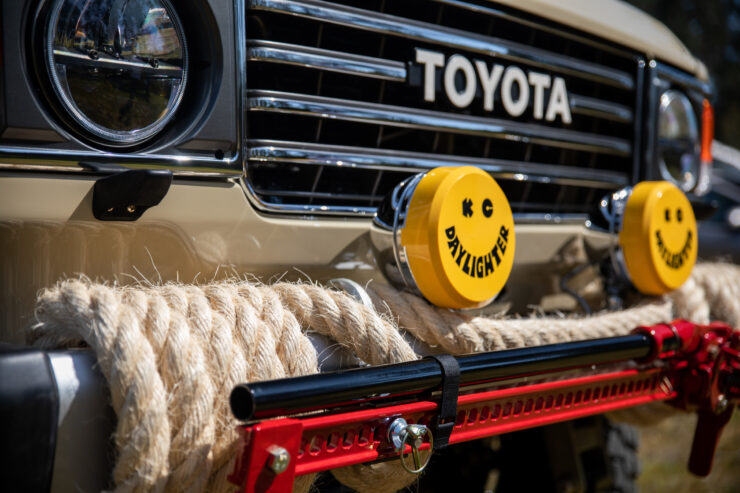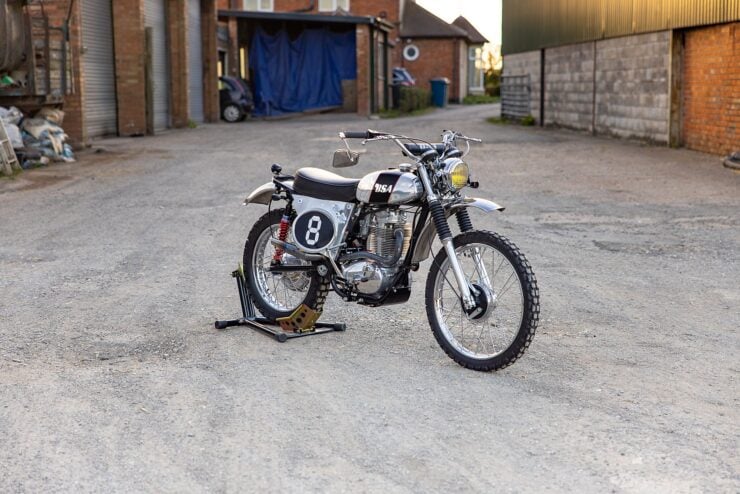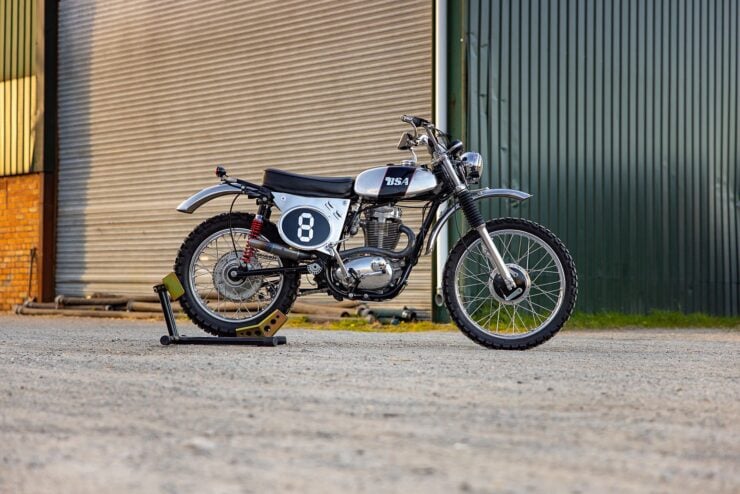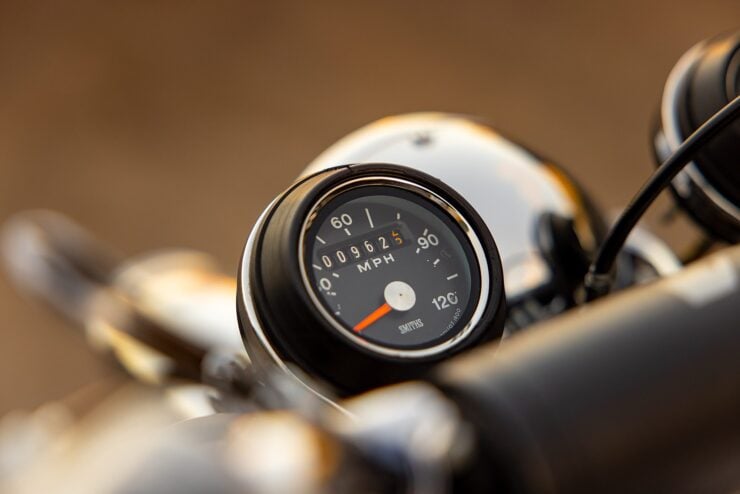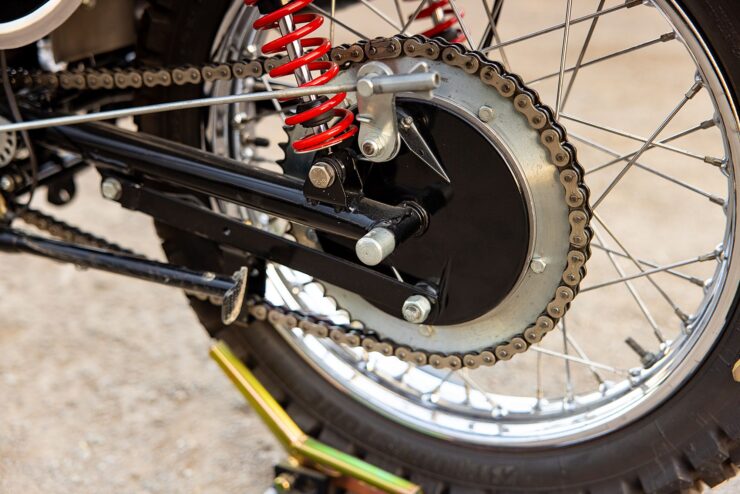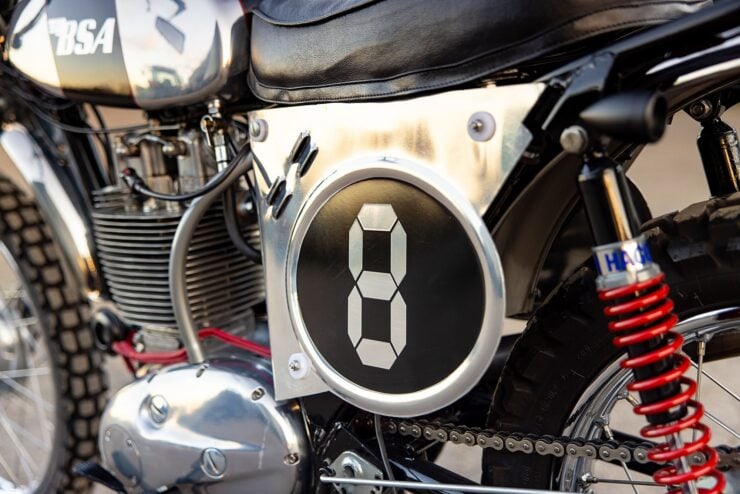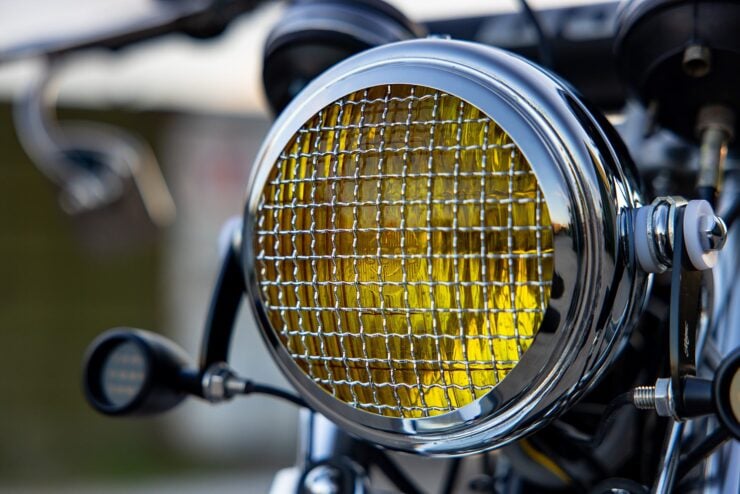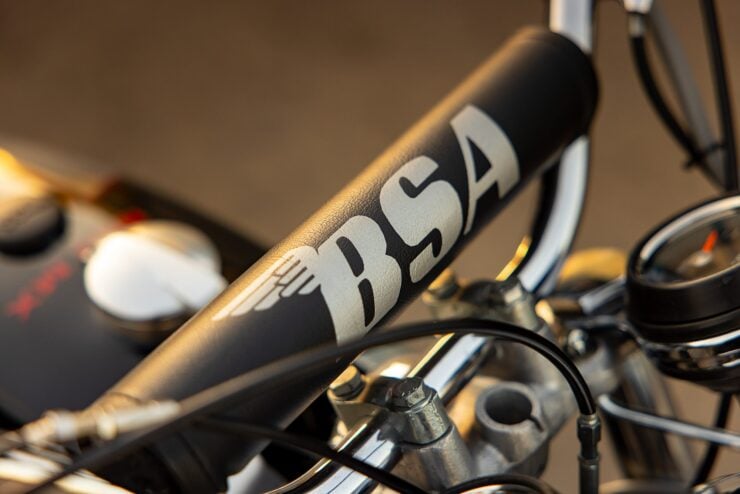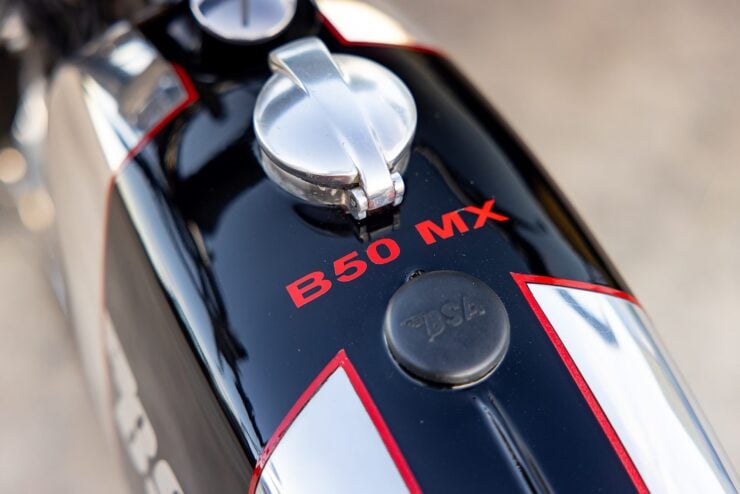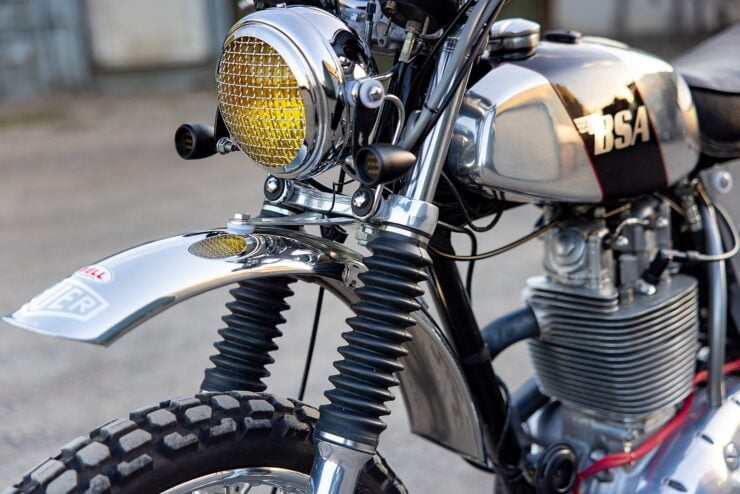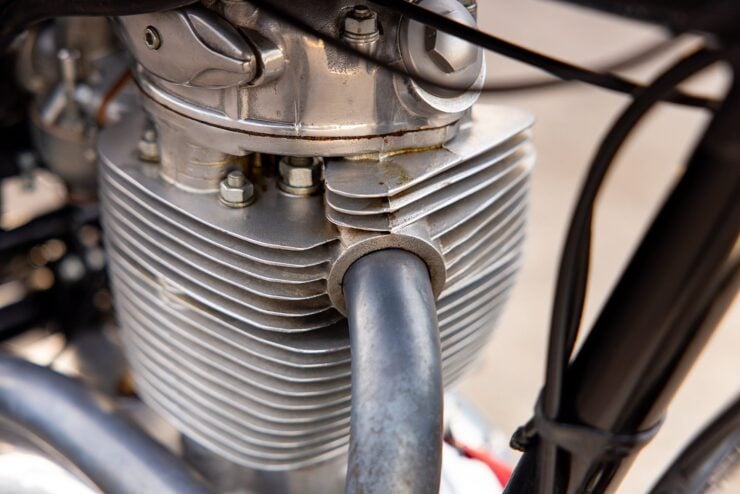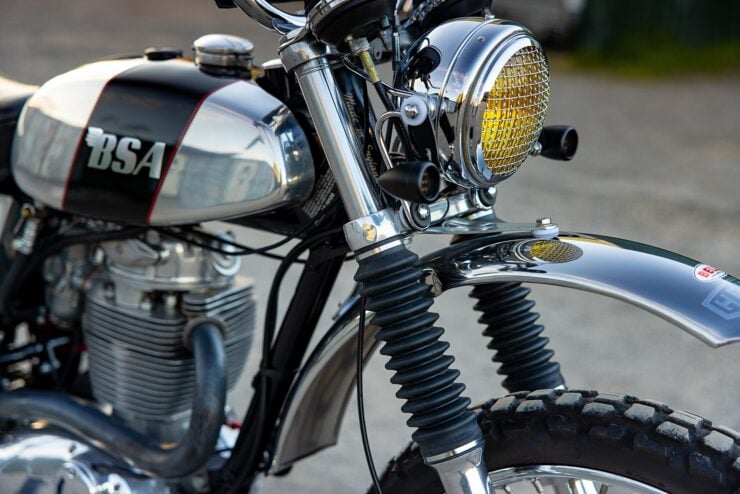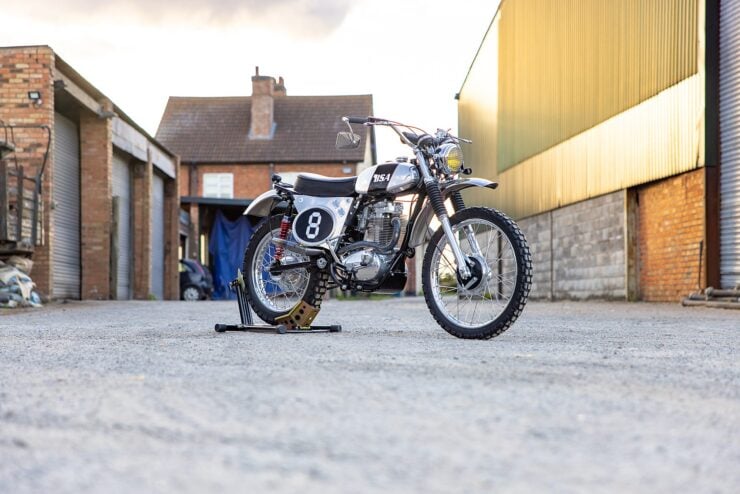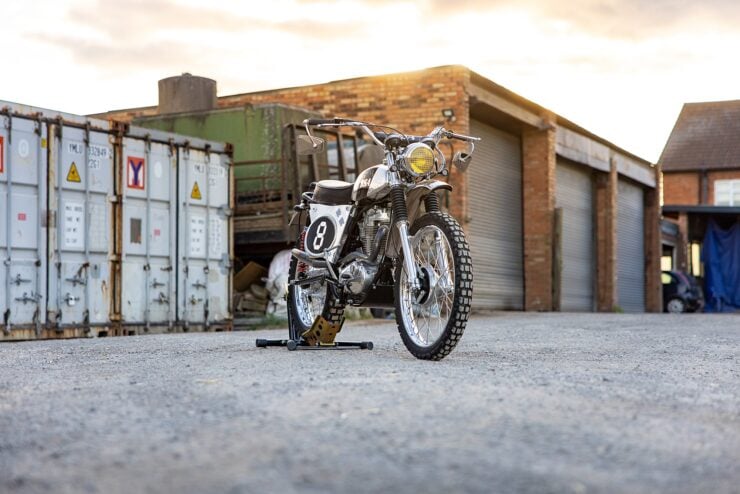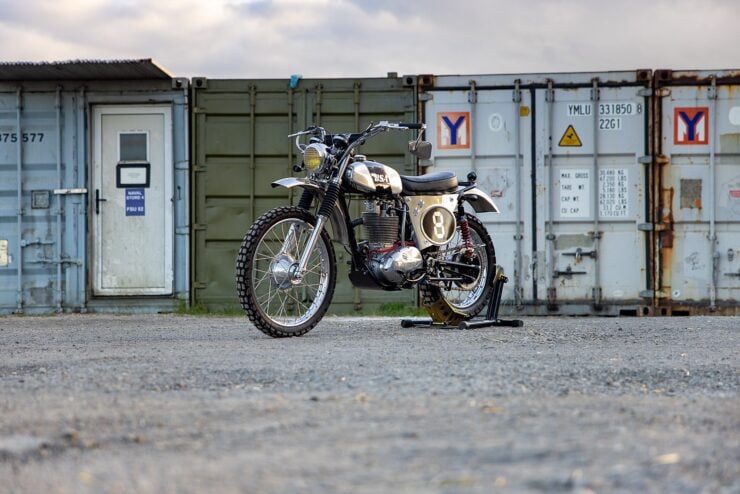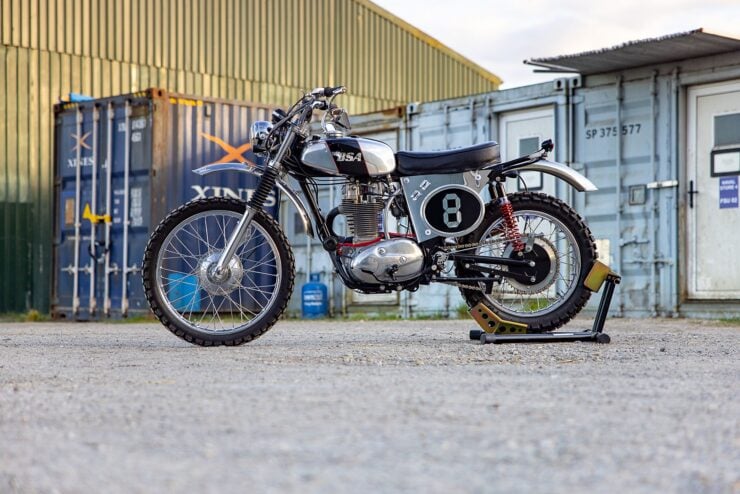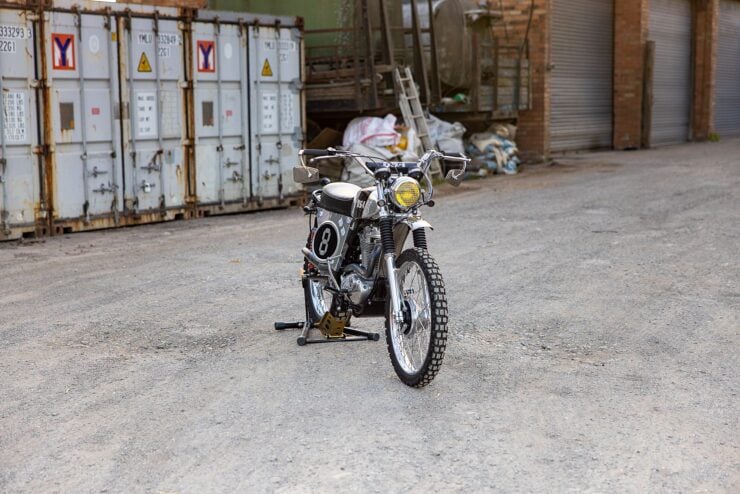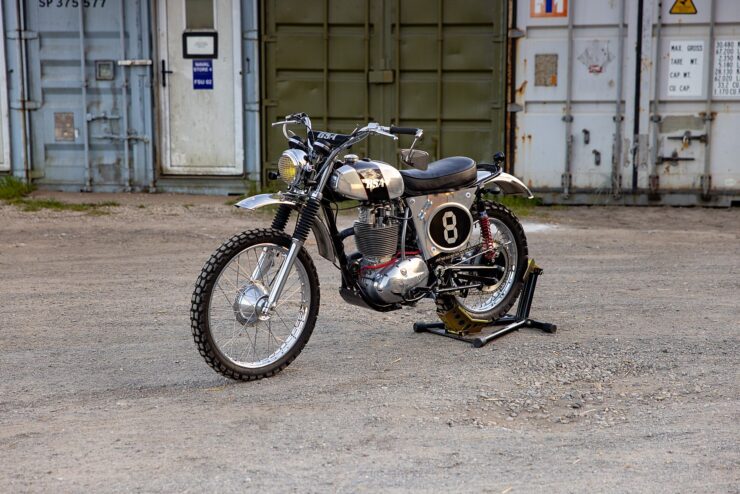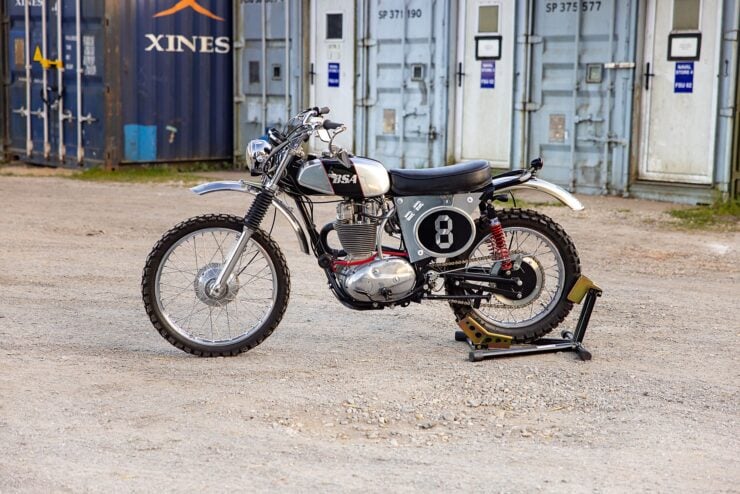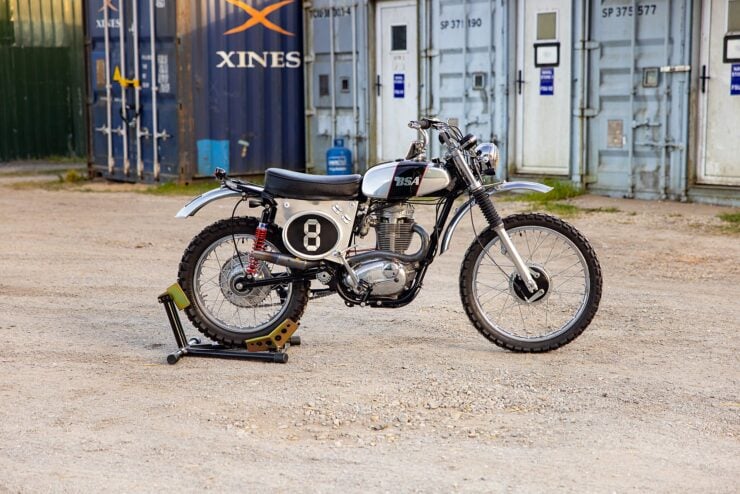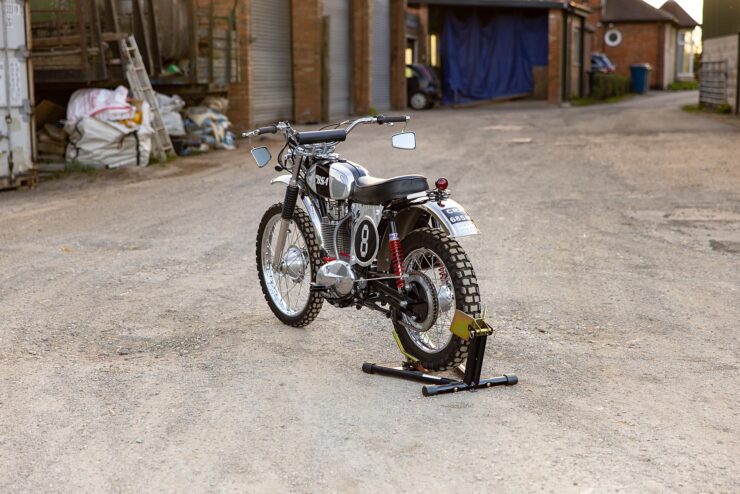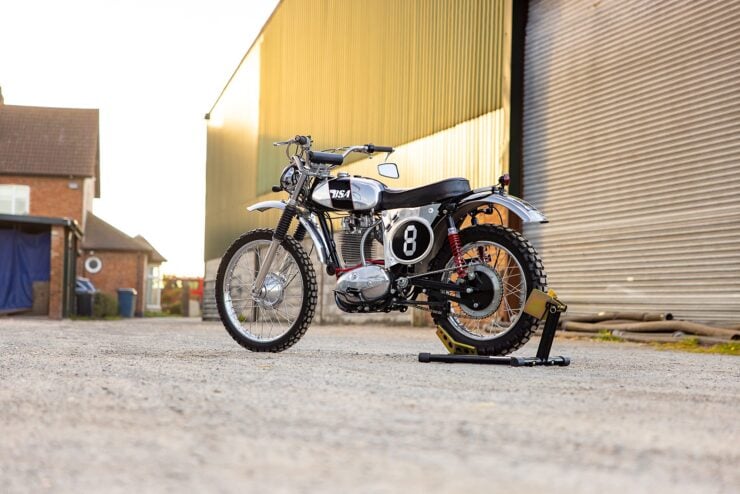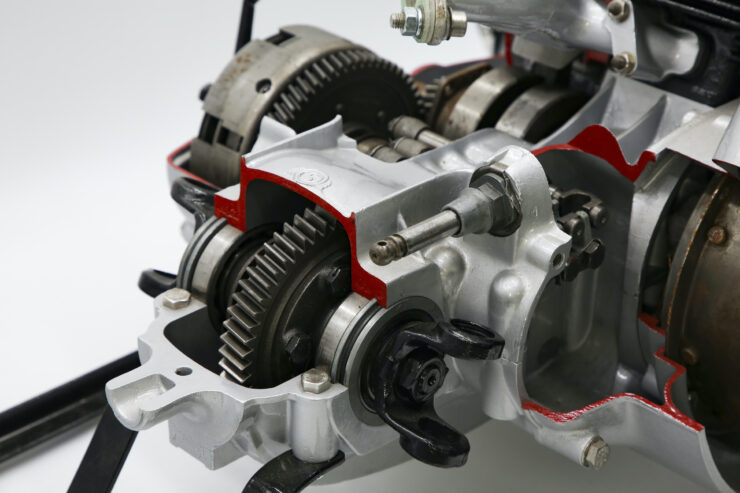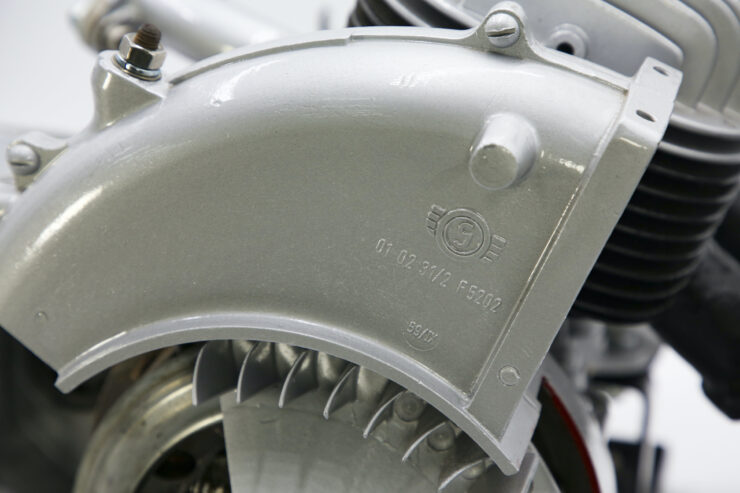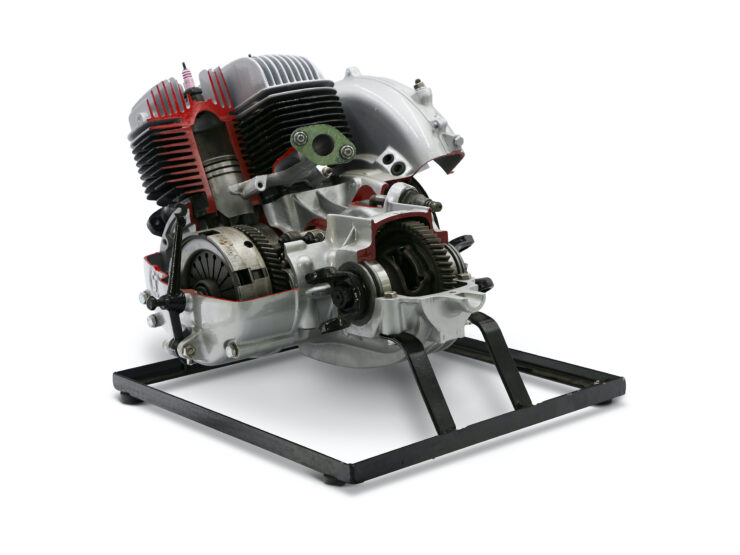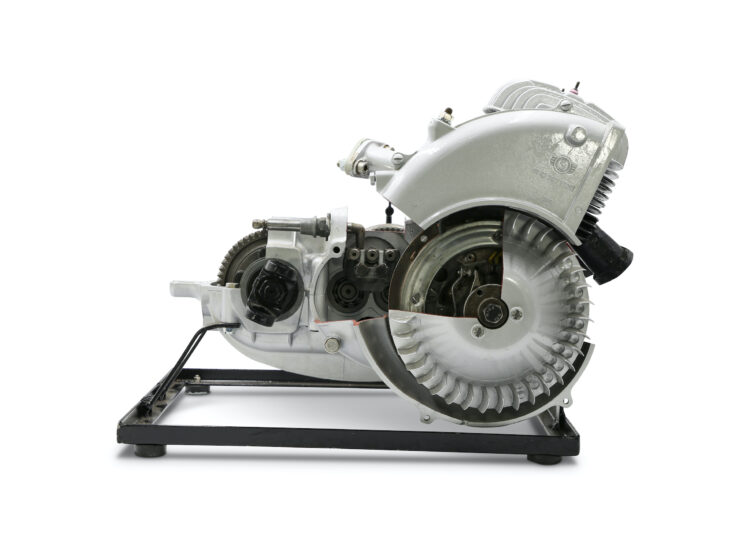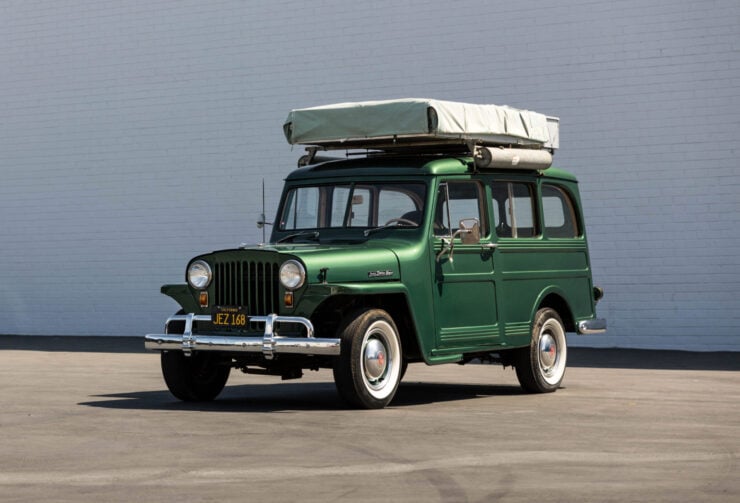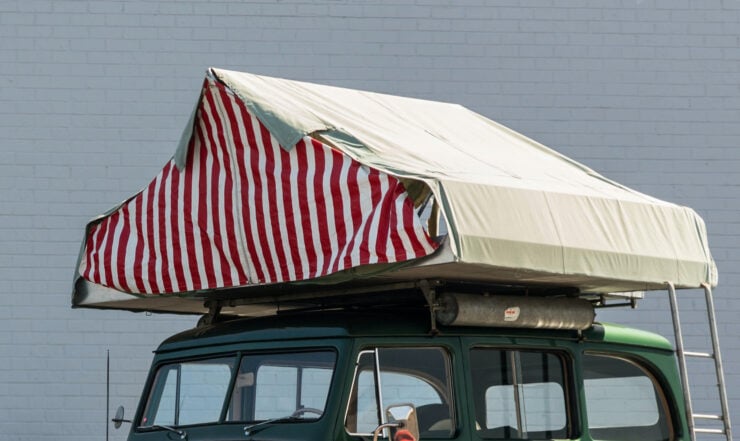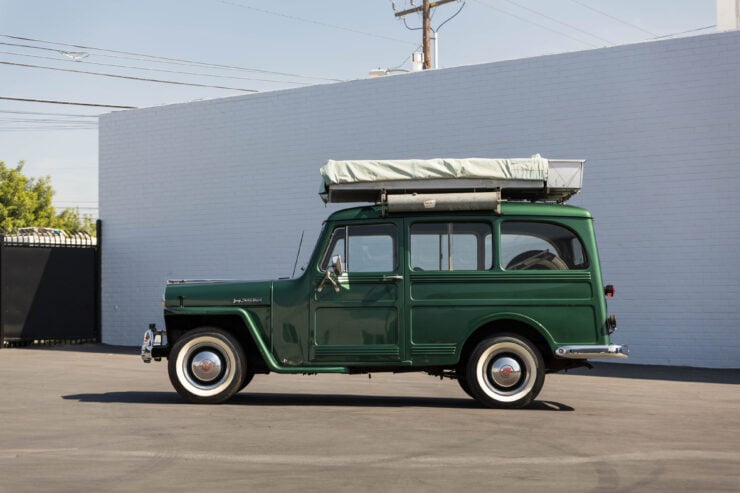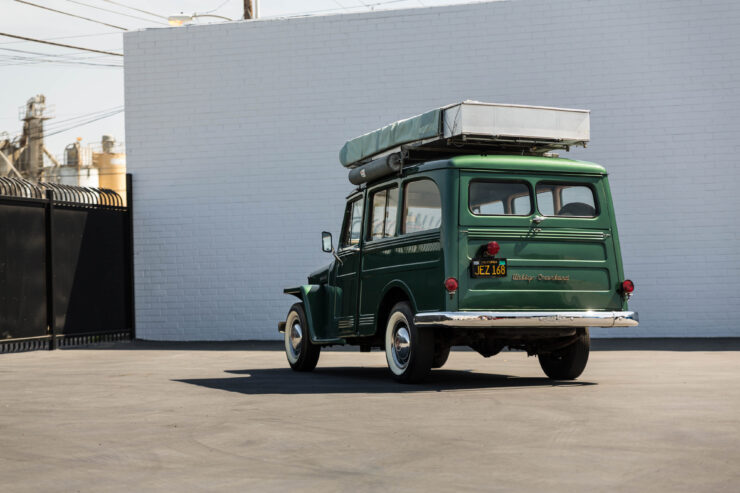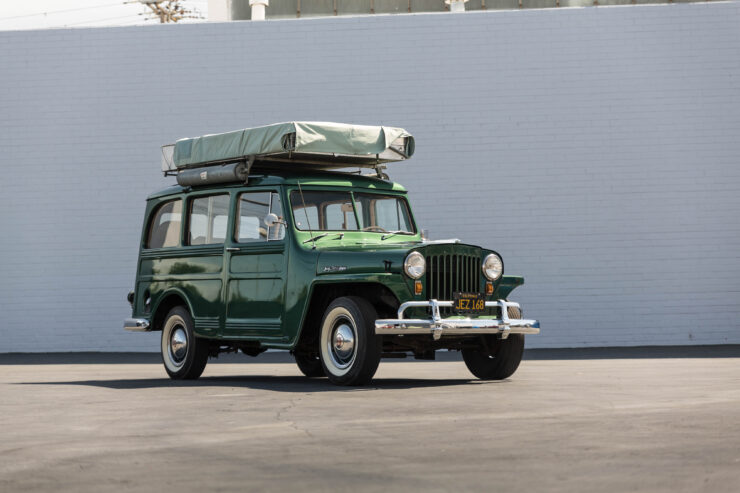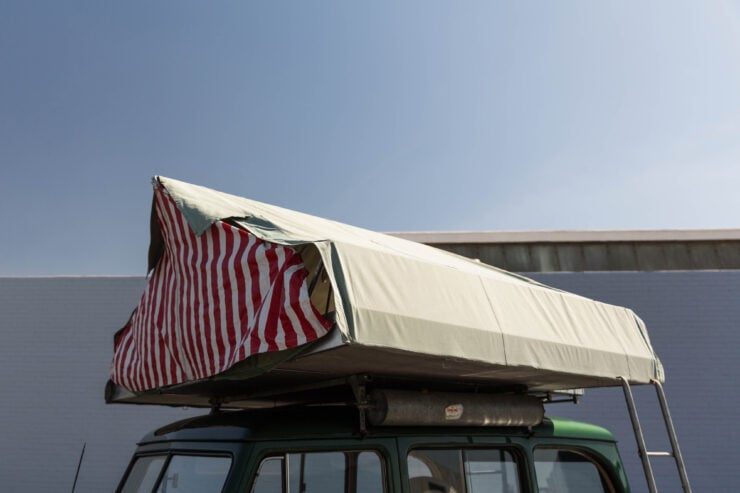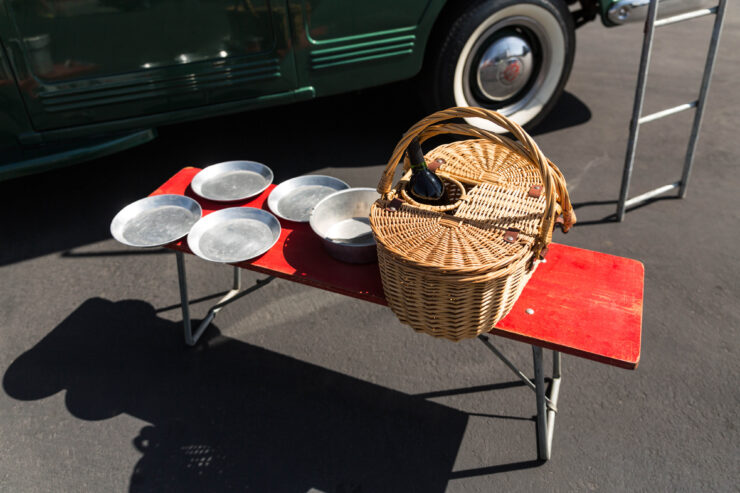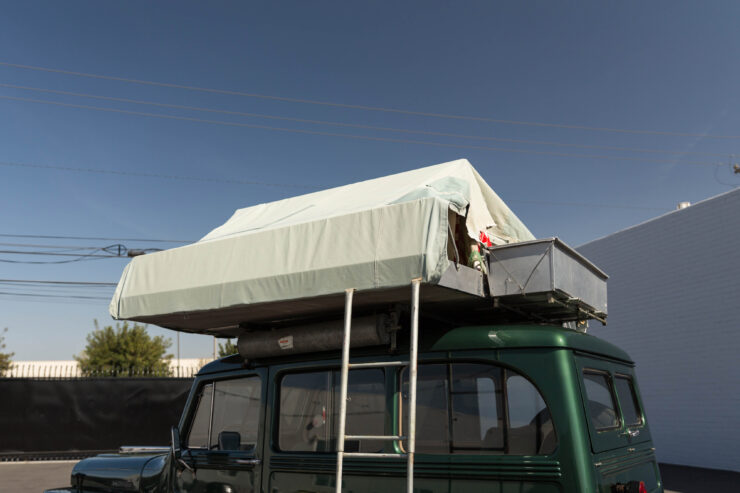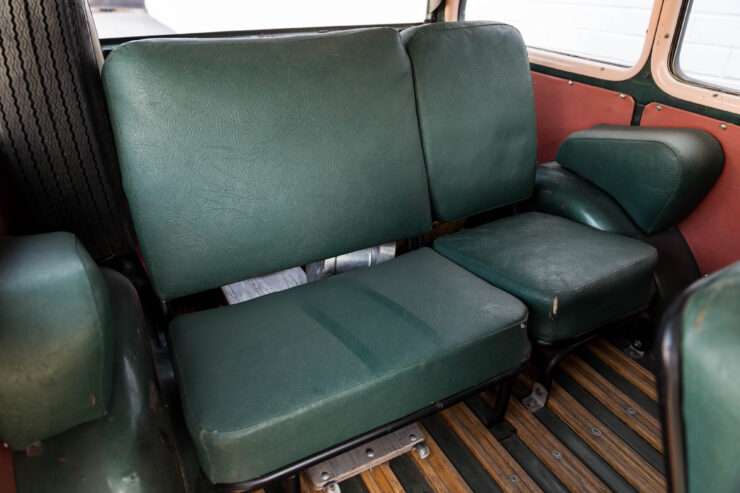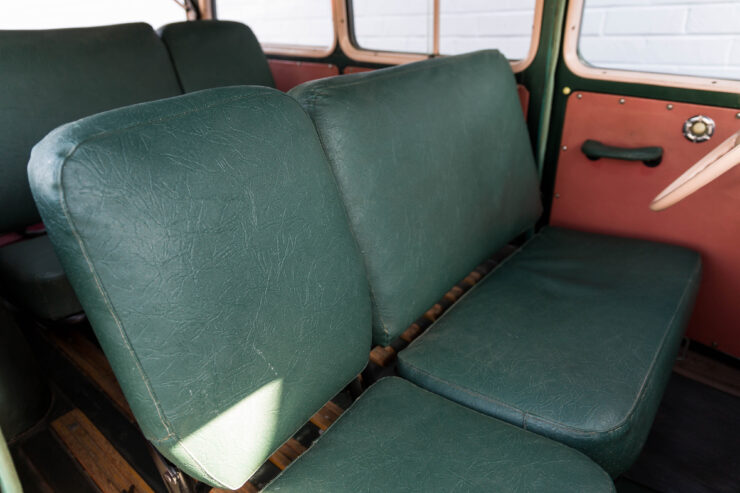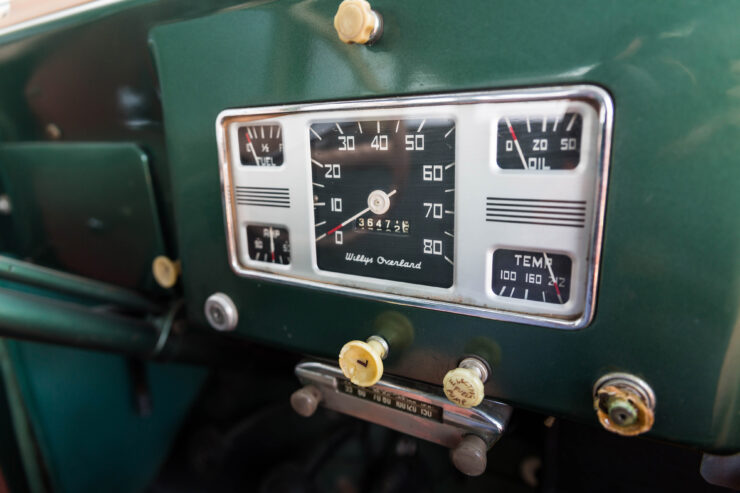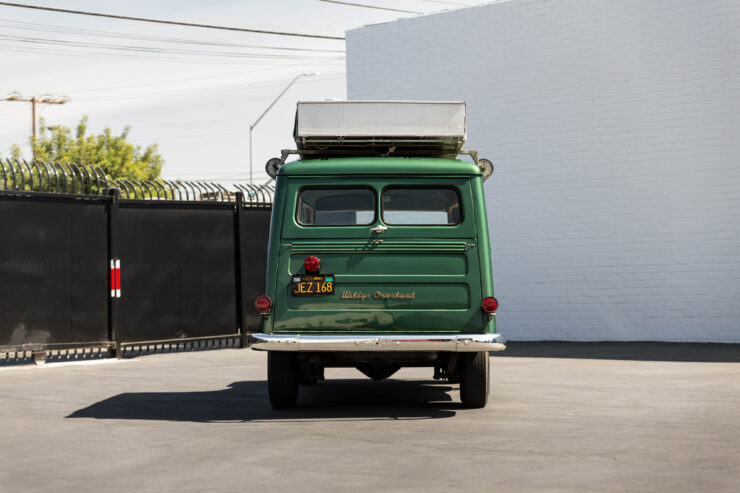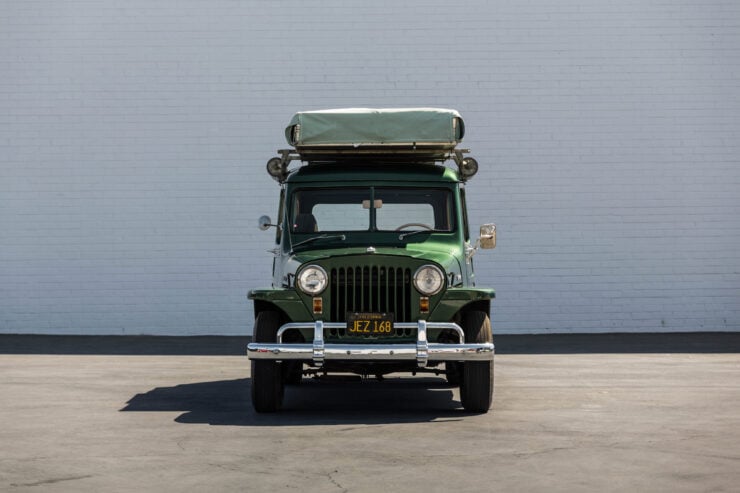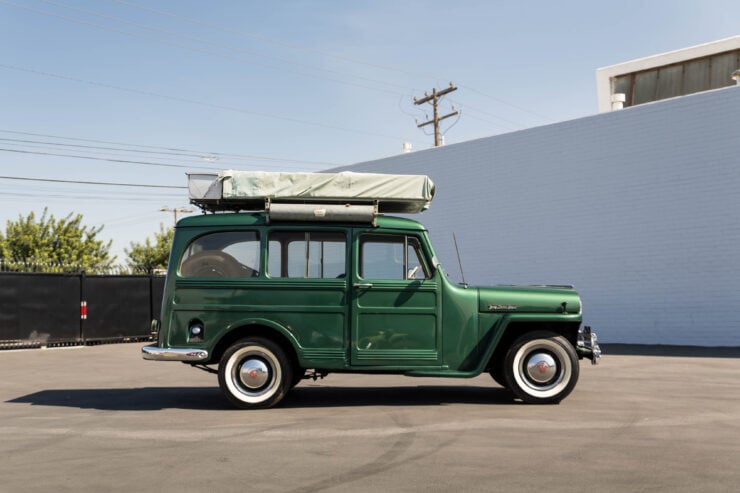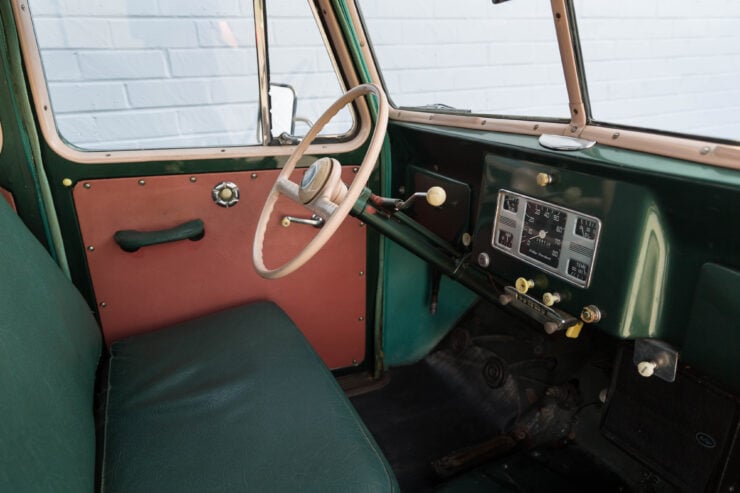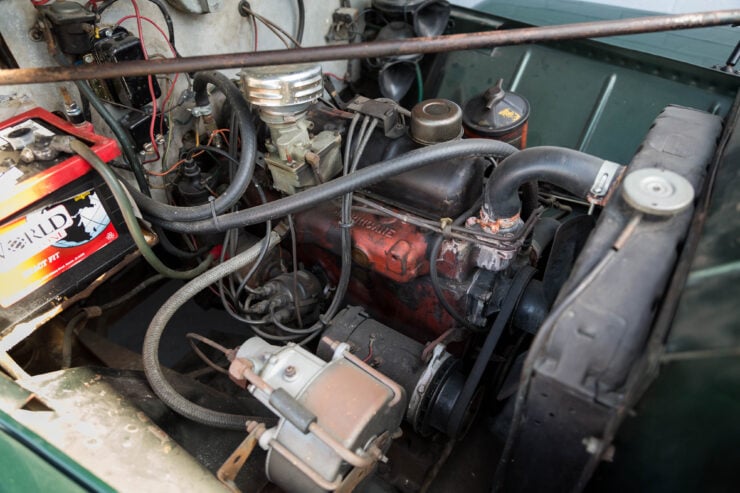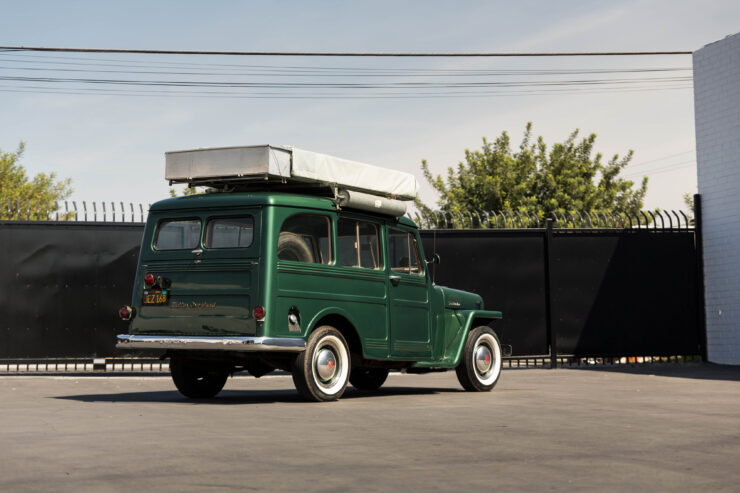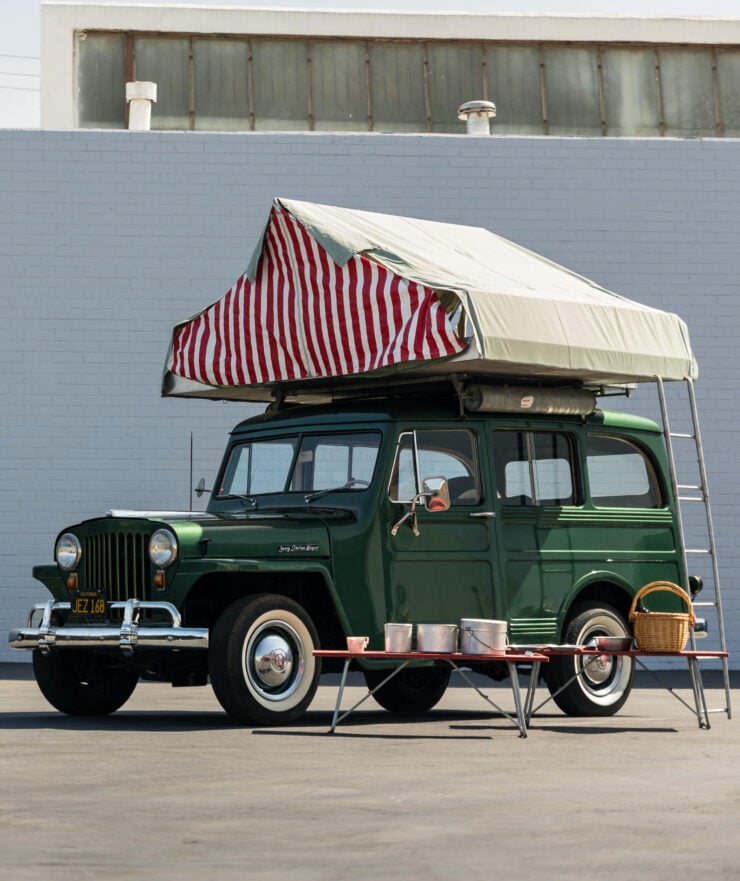This 1986 Toyota Land Cruiser FJ60 has been both restored and upgraded for prolonged journeys off the asphalt, the work was done by the team at Legacy Overland and it’s just been listed for sale on their website.
The standard FJ60 is a highly capable off-roader, it was the successor to the wildly popular FJ40 series of Land Cruisers and it had achieved what some considered the impossible – it was as good or better than its forebear.
The team at Legacy Overland have years of experience rebuilding classic 4x4s including Land Rovers, Land Cruisers, and G Wagons. The project to rebuild the 1986 FJ60 you see here began as they all do, with a full disassembly and an inspection of all parts.
Both the engine and transmission were fully rebuilt, the engine being the bullet-proof Toyota 2F 6-cylinder gasoline engine and the transmission being the original 4-speed manual unit.
As some Land Cruisers had developed a reputation for some rust issues, particularly in the body, this FJ60 now benefits from a full repaint using modern paints that are better at protecting against rust and all-metal brackets, bolts, brackets, and other elements and been swapped out for galvanized replacements.
The original Toyota suspension has been replaced with Old Man Emu shock absorbers and uprated suspension components giving the vehicle 2 inches of lift and the resulting improved ground clearance.
The stock headlights were replaced with brighter LED units that draw less power, KC Hilites auxiliary lamps were also fitted on the bumper, and yellow LED auxiliary lamps were mounted to the roof rack. A Hi-Lift Jack was mounted to the front bumper on X-rack mounts and the truck benefits from BFG Mud Terrain 33 x 10.50r15 tires mounted on traditional steel wheels.
The interior of the vehicle has been considerably improved over stock, with new distressed full-grain furniture leather and custom Harris Tweed from Outer Hebrides (Scotland) covering the seats, a leather-wrapped steering wheel was fitted along with custom shifter and handbrake boots.
The sun visors are also now upholstered with leather and the floor has been carpeted in vintage Porsche square weave. The completed interior now has a suitably retro look and feel with all the modern amenities you’d want, like air conditioning and power steering. A CB-style long antenna has also been fitted to ensure good reception when you’re out in the wilderness, working with the Bluetooth-enabled 1980s style Continental receiver and eight JBL speakers with an active subwoofer and amplifier.
Legacy Overland make a point of building their vehicles to actually go off road, not just look the part, so this Land Cruiser has been equipped with additional items like the above mentioned Hi-Lift Jack, a Toyota tool kit bag with OEM tools, front locking wheel hubs, and a spare mounted up under the rear.
If you’d like to read more about this unusual FJ60 or enquire about buying it you can click here to visit the listing on Legacy Overland, at the time of writing it is for sale and there’s a contact form at the bottom of the listing page.
The post 1986 Toyota Land Cruiser FJ60 – A Freshly Restored Classic Overlander appeared first on Silodrome.
from Silodrome https://silodrome.com/toyota-land-cruiser-fj60-restored/
via gqrds
